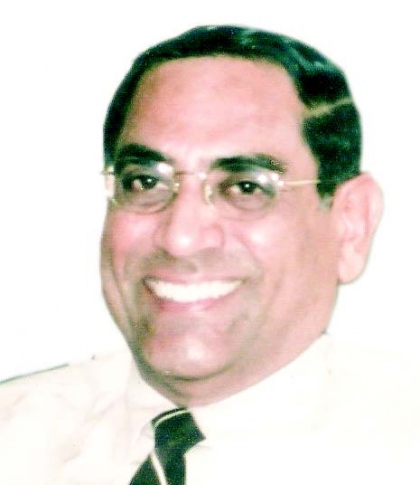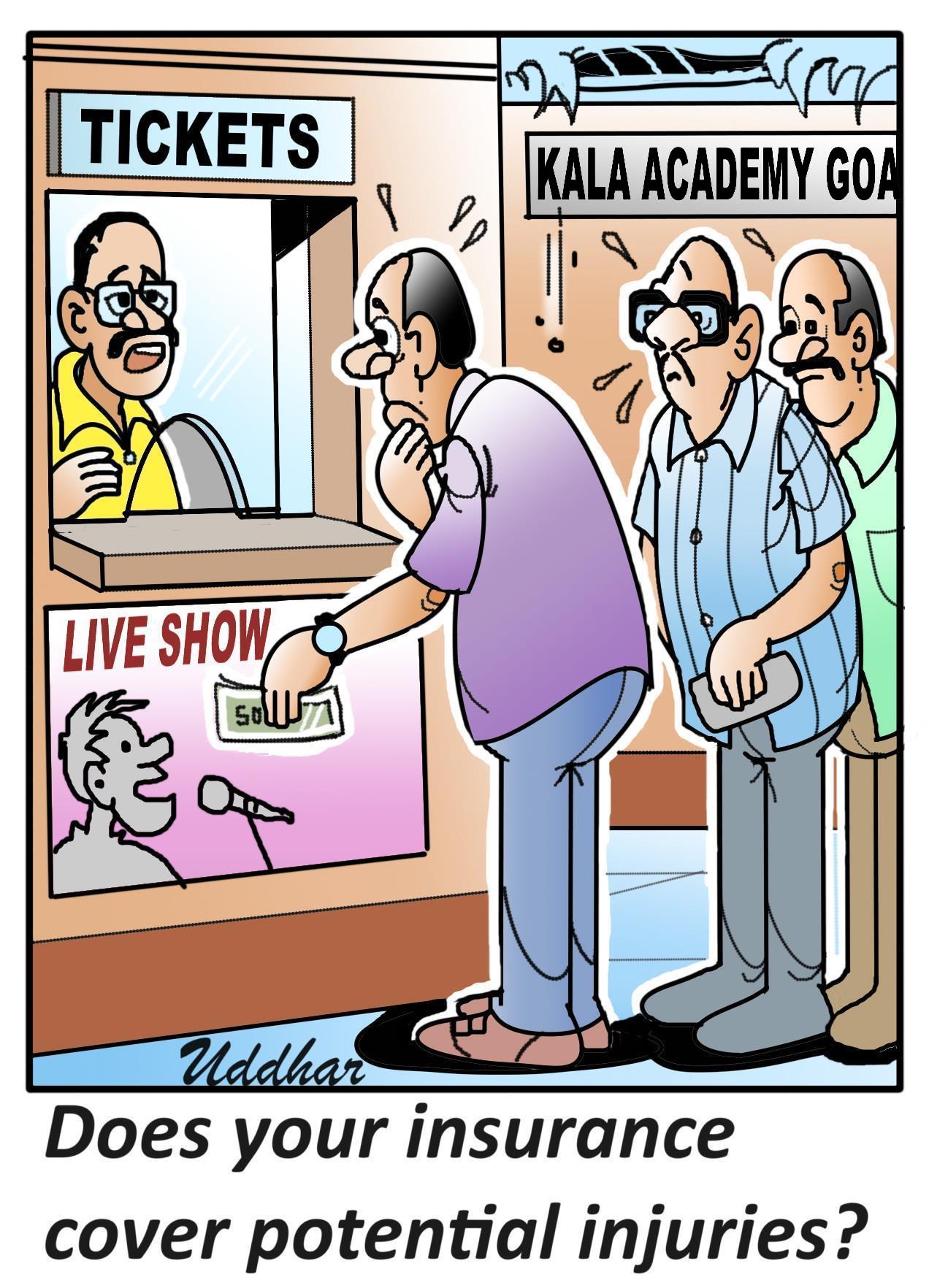
GLADSTONE D’COSTA
The Supreme Court (SC) has done it yet again, with a sweeping judgment on healthcare costs in India. A PIL filed by an NGO, the Veterans Forum for Transparency in Public Life, referring to the wide disparities in healthcare costs across the country has urged the need for price control. The PIL pointed out that rates for treatment and surgeries varied widely across private and government healthcare facilities, as well as across metros, cities, and towns. The SC gave the centre a month to rectify the situation or have CGHS (Central Government Health Scheme) schedule of charges imposed. Given the substantial disparities of 20% to 60% between CGHS and private hospital rates, there were ripples of concern throughout the private healthcare sector. Hospital stocks crashed; Apollo Hospitals lost 750 points overnight.
The example quoted was that cataract surgeries cost as little as Rs 10,000 per eye in government hospitals, and Rs 30,000 to Rs 1,40,000 in private facilities. Such ill-advised comparisons ignore the fact that cataract operations involve a lens implant, and it is the cost of the implant that accounts for the variations. Costing methodologies in private healthcare depend on various factors; the type of healthcare provider (primary, secondary, tertiary), location (urban, rural, metro), and accreditation status. This explains why insurance companies base their premiums on the tiering of cities and the grading of hospitals based on facilities provided. The NGO’s petition quotes Rule 9 of the Clinical Establishment Rules 2012. Rule 9(b) of CEA 2012 “Clinical Establishments shall charge the rates for each type of procedure and services within a range of rates determined and issued by the central government from time to time in consultation with the State governments.” The clinical establishments must prominently display the rates charged based on this range. There are two issues; the range of chargeable rates as agreed by the Centre in consultation with the States, and the display of such rates. If the range remains undefined, one can hardly display them. The Centre has said that the onus for implementation of this law lies with the States. Only 12 States and seven UTs have adopted the CEA, none have implemented it. (Goa is still in the process of implementation). The apex court observed that the Centre “cannot shirk away from its responsibility”, suggesting that the CGHS Rates be notified as an interim measure. Such edicts ignore one of the main issues of billing; that of cost of medicines. Medecines Sans Frontieres found mark-up rates for insulin pens as much as 2153%; NPPA (National Pharmaceutical Pricing Authority) found mark-ups of 1737% on MRP. Hospitals insist that medicines must be purchased at the in-house pharmacy; and the picture is complete. Indeed, poor implementation of the Clinical Establishments (Registration and Regulation) Act, 2010, shows a lack of political will. In Karnataka, the Private Medical Establishments Act, 2007, established price caps, which were never enforced due to lack of awareness, political interference and corruption.
The Pradhan Mantri Jan Arogya Yojana (PMJAY) was launched in 2018, as a solution to all these issues, and to make quality healthcare available to EWS. This is on the verge of collapse; hospitals which had empanelled themselves in spite of the rigorous requirements, are now backing out largely because of delays in reimbursement of charges pushing hospitals into crippling debt; even bankruptcy. For example, Bodyline Multispecialty Hospital in Ahmedabad as of February 26, is awaiting Rs 3.4 crore for procedures it conducted over the last three to four months under the PMJAY, in spite of barely break-even charges. The story is repeated in Gujarat, Haryana, Kerala, TN, and other States where pending dues often cross Rs 300 crore. Court petitions abound. At least 3,543 hospitals across India have not admitted any patient under the scheme since the last six months and another 6,551 hospitals have been inactive since their empanelment.
No doubt there are irregularities in charges. A bill for cholecystectomy charged for two procedures, adhesiolysis (removal of adhesions) and cholecystectomy. How does one remove a gall bladder without removing the adhesions? Fortunately, these are exceptions. The reality remains that launching a hospital with over 100 beds involves an investment of Rs 50-200 crore. Out of roughly 43,000-plus private hospitals in India, approximately 1,000 have more than 100 beds. Claims that these were given land free or at subsidised rates and therefore should provide free treatment to a percentage of patients does not always hold water. Many are in multi-storeyed buildings. Such investments require hospitals to function on a for-profit basis. Yet 70% of Indians would choose private healthcare services over a public institution, in spite of four times the cost. Seventy-two per cent of rural residents and 79% of urban residents would not trust a public healthcare facility. The Association of Healthcare Providers, India, (AHPI) is planning an intervention petition in the SC to explain the situation. Healthcare experts like Dr Alexander Thomas, of AHPI, points out that CGHS rates are not scientifically calculated and urges scientific costing as the basis of pricing. Dr Vijay Aggarwal from the IMA argues that price fixing “is against the constitutional right of freedom to practice and hence it is ultra vires and also takes away the independence of the profession.” Lack of capping of lawyers’ fees is quoted as a contentious issue. Instead of providing more public health facilities that are affordable, is it right to penalise the private sector? After all, private healthcare has thrived due to the lacunae left by public health facilities by allocating a paltry 1.5-2% of GDP in its healthcare budget allocation.
The solution is obvious. All stakeholders, the Centre and State representatives of professional bodies like APHI, IMA and the insurance agencies, should sit together and agree on the range of fees for each district. Without this the chaos will continue unresolved
(The author is a founder member of VHAG and Past President of the Goa State Branch of the IMA)
